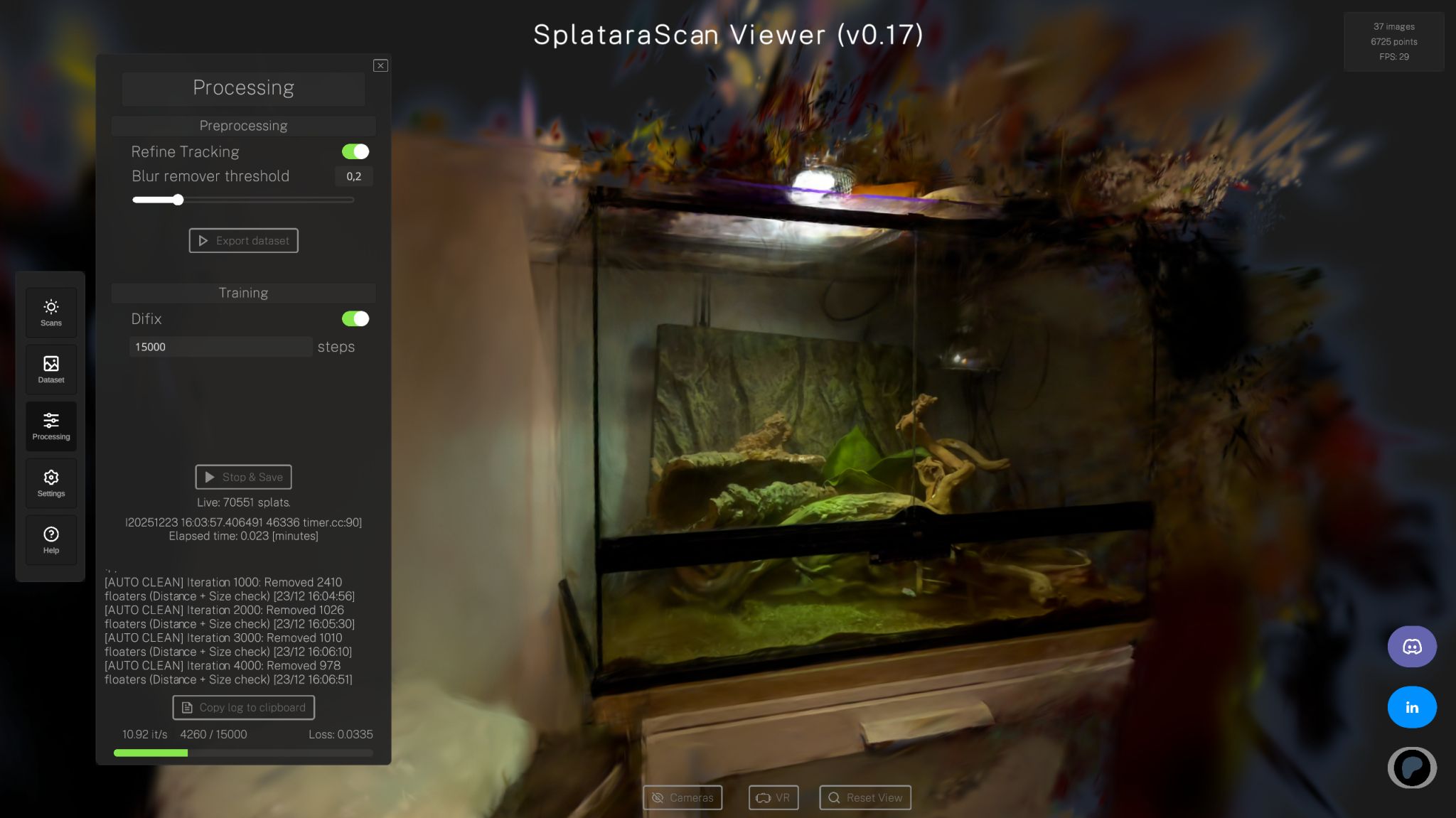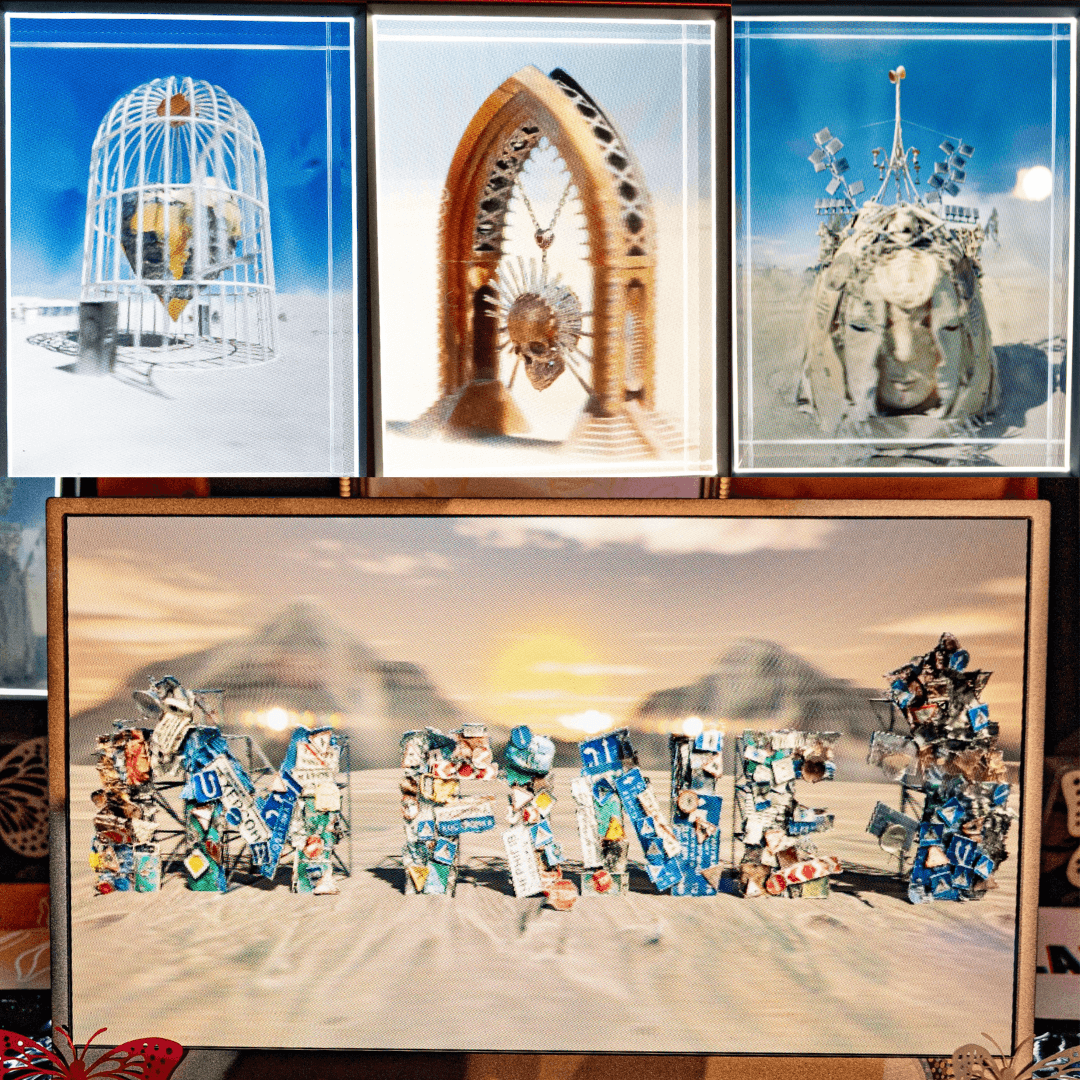
Michael Rubloff
Sep 16, 2025
World Labs has followed up on its image to 3D world generation with a new release: Marble, a limited access beta that marks a notable leap in scale and consistency. Announced earlier today, Marble is positioned as both a platform and a model, opening up the company’s spatial intelligence research for broader experimentation.
Marble generates navigable 3D worlds from either an image or a text prompt, with a focus on persistence and geometric coherence. Unlike earlier results that occasionally suffered from morphing or inconsistent scene details, Marble emphasizes stability. Once generated, a world remains intact for exploration without time limits or unexpected changes.
According to World Labs, Marble produces worlds that are larger in scope, more stylistically varied, and underpinned by cleaner 3D geometry. The model is tailored for environment creation rather than object centric scenes, making it better suited for building stages, interiors, or expansive landscapes rather than portraits of people or pets.
Early user feedback highlights the jump in usability. Creators report being able to zoom, pan, and stitch together multiple generations to build more complex and persistent environments. The range of styles supported, from anime and cartoons to photorealistic interiors, suggests a versatility that could appeal to filmmakers, game developers, and digital artists alike.
One exciting output of Marble is its support for exporting generated worlds as gaussian splats. Through its open source rendering library Spark, World Labs provides an integration path into Three.js, enabling web based 3D experiences across desktops, laptops, mobile devices, and even VR headsets. For creators experimenting with splat-based workflows, this represents a meaningful bridge between generative AI and production ready pipelines. You can see some of these creations on lofiworlds.ai.
Marble also hints at compositional workflows, where creators can combine multiple generated environments into larger, coherent worlds. This composability aligns with ongoing challenges in the field: achieving persistent geometry and stylistic consistency at scale, long considered one of the hardest problems in generative 3D.
The implications for creative industries are significant. For filmmakers, Marble offers a way to block out sets and camera paths in a virtual environment. For VR storytellers and game developers, it provides a source of worlds that can be directly integrated into engines or interactive experiences. And for commercial users, the ability to rapidly iterate over environments in different visual styles opens new doors for advertising, design, and visualization.
World Labs frames Marble as an early step in a longer journey, but one that already demonstrates the promise of persistent, navigable 3D worlds created directly from prompts. As the company continues to refine scale and fidelity, and as APIs and integrations expand, Marble could become a foundational layer for a new generation of interactive media, blending the speed of generative AI with the control and persistence required by professional creators.
To sign up for the Beta waitlist, check out the World Labs website.







